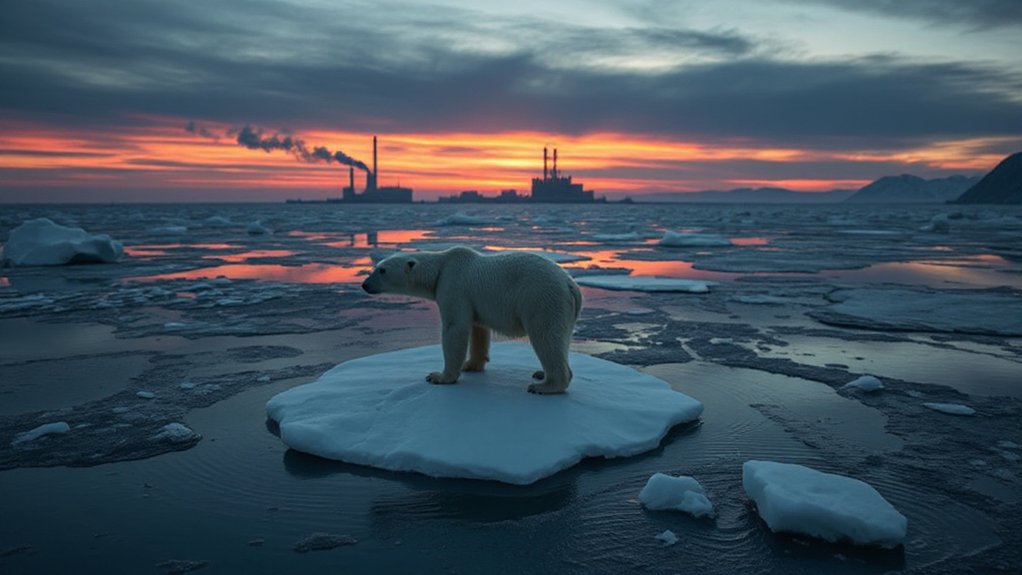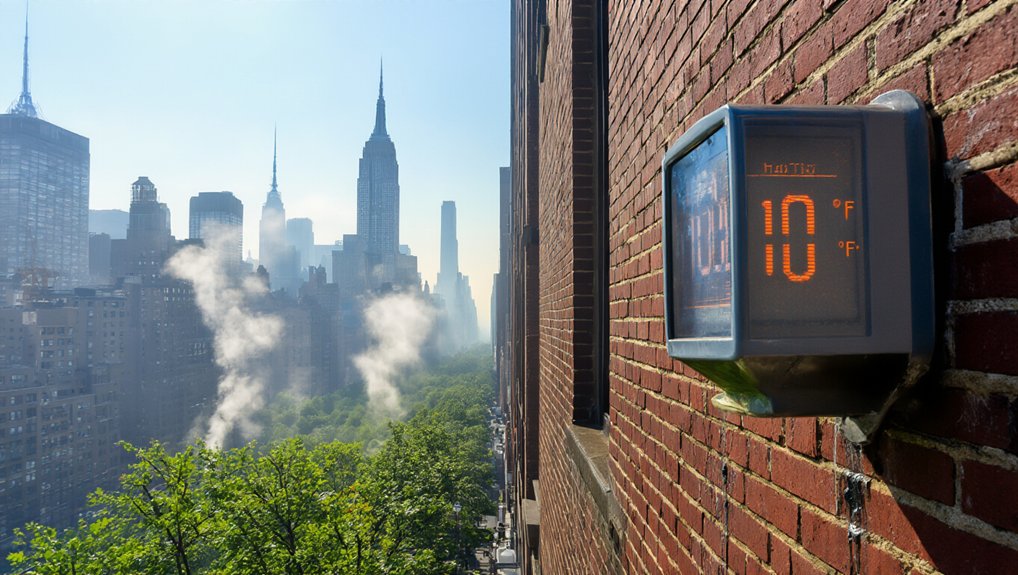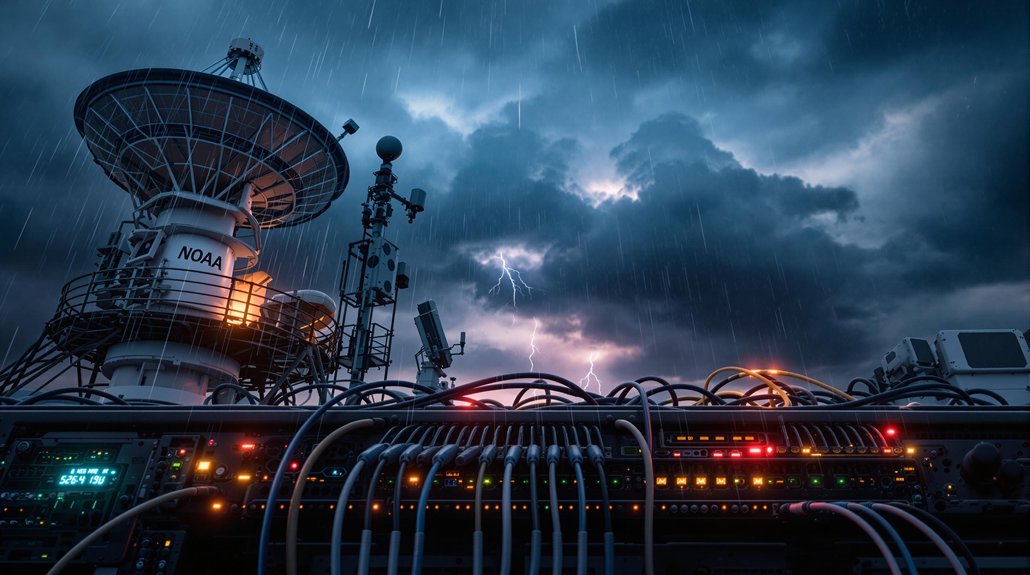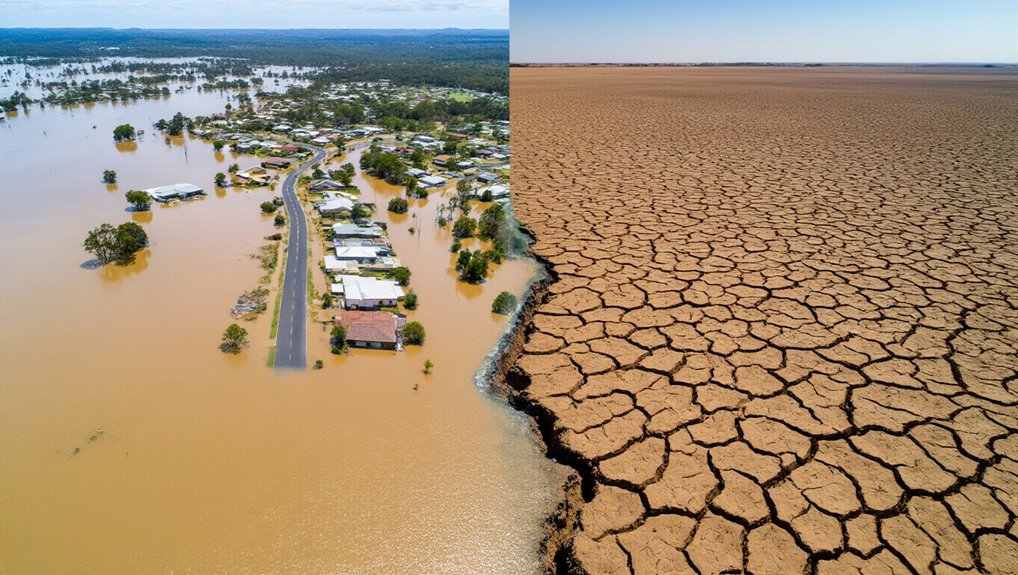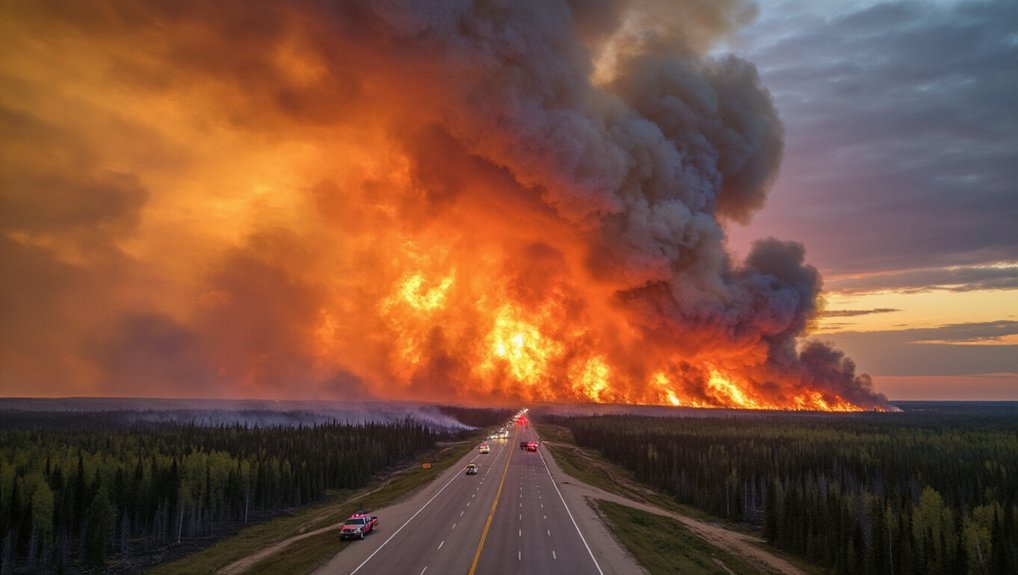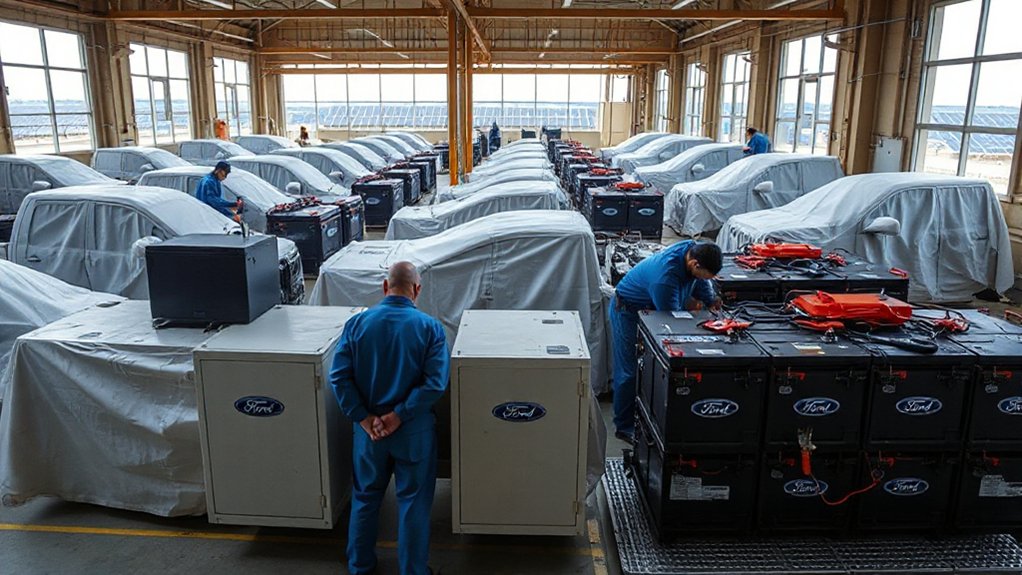Earth has crossed its first major climate tipping point, and scientists are sounding the alarm. Tropical coral reefs are already feeling the heat—literally. But that’s just the beginning. Parts of polar ice sheets have tipped beyond recovery, meaning meters of sea level rise are now baked in. Congratulations, humanity, we’ve officially broken the planet.
Scientists have identified over two dozen potential global tipping points. Worse yet, these failures can cascade like dominoes. One falls, pushes another, then another. The magic number? 1.5°C above pre-industrial temperatures. We’re about to hit that milestone, triggering multiple tipping points including ice sheet collapse and Atlantic Ocean circulation breakdown. No big deal, right? In 2023 alone, 86 days exceeded 1.5°C above pre-industrial levels, signaling our dangerous proximity to these thresholds.
Scientists have identified dozens of climate tipping points that cascade like dominoes—1.5°C is the threshold where our planetary systems begin to collapse.
CO2 levels just hit 430 ppm at Mauna Loa Observatory—levels unseen for millions of years. Methane and nitrous oxide? Also at record highs. 2025 ranks as the second hottest year on record, and 2015-2024 was the warmest decade ever recorded. El Niño conditions aren’t helping, reducing land carbon uptake when we need it most.
The planet’s energy imbalance is increasing faster than climate models predicted. Earth is getting darker—literally reflecting less sunlight back to space. Cloud brightness is decreasing as aerosol emissions drop. It’s a nasty feedback loop. Less reflectivity means more warming, which means… you get the picture.
Scientists are clear: emissions must peak before 2025 and drop 43% from peak levels to avoid the worst. Every day of delay makes the 1.5°C target less achievable. Current trajectories are speeding us toward multiple tipping points. The Amazon rainforest risks turning into savanna between 1.5-2C of warming, further accelerating global climate change.
Meanwhile, millions suffer climate-related illnesses and premature deaths annually. Heat-related mortality has increased by an alarming 23% since 1990s, resulting in approximately 546,000 deaths each year. Extreme heat is killing people, and it’s getting worse as temperatures rise. But sure, let’s keep debating whether climate change is real while the world literally burns. The science is unequivocal—we’re in emergency mode now. The question is whether we’ll act like it.
References
- https://www.sciencedaily.com/releases/2025/10/251029002920.htm
- https://academic.oup.com/bioscience/advance-article/doi/10.1093/biosci/biaf149/8303627
- https://lancetcountdown.org/2025-report/
- https://www.un.org/en/climatechange/reports
- https://www.youtube.com/watch?v=55yvGkMTKSg&vl=en
- https://science.nasa.gov/climate-change/
